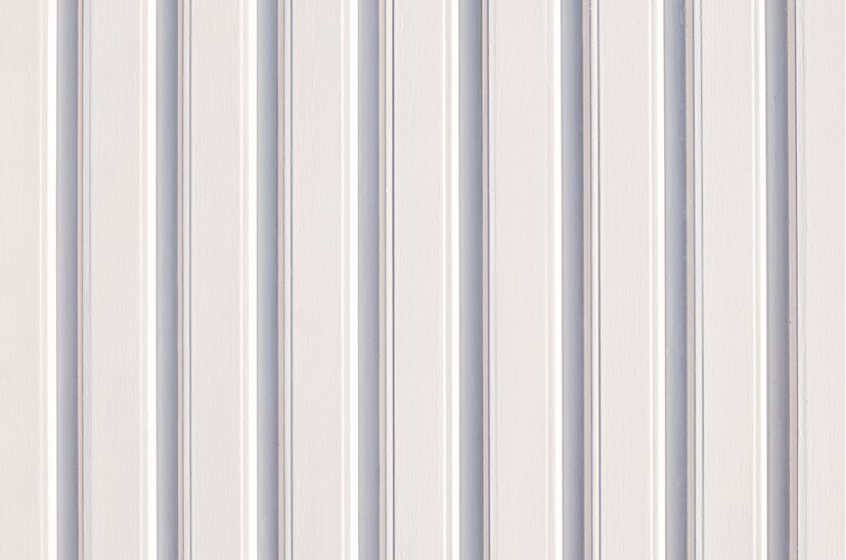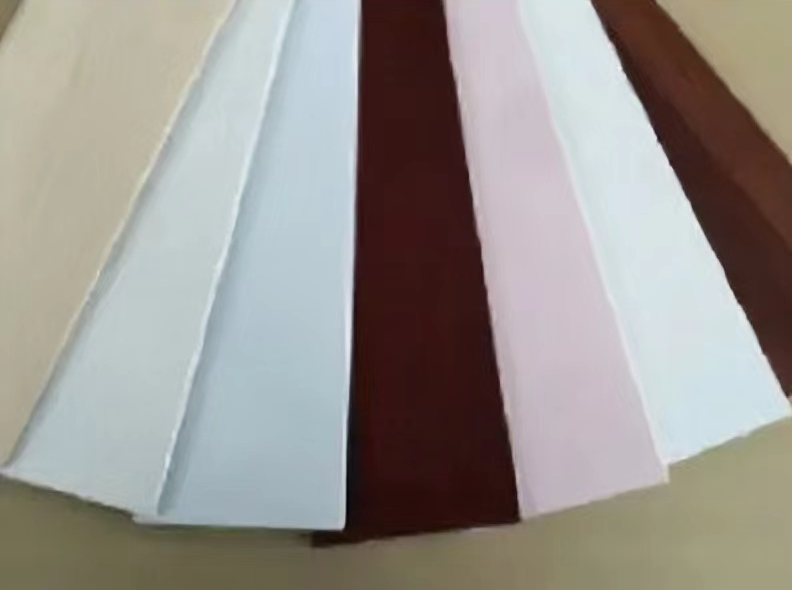PVC panels are essential in the construction industry owing to their durability, moisture, fire, chemical resistance, and simplicity of installation and maintenance. Businesses investing in PVC panel-producing machines must comprehend PVC panel manufacturing processes, including extrusion and calibration. Mastering these processes produces high-quality panels that satisfy industry requirements for better performance and product competitiveness. Technical expertise in manufacturing may impact a company’s capacity to be creative and fulfill market expectations.

(Copyright photo from https://www.freepik.com/free-photo/off-white-wall-background_9549136.htm#fromView=search&page=1&position=2&uuid=cf8ef46e-3b7c-425f-ba32-2b3beef38c65)
What Are PVC Panels?
Polyvinyl chloride (PVC) panels are thermoplastics used for different purposes, such as walls, ceilings, and exterior and interior installations. Through the process of PVC panel manufacturing, these panels are made using plasticizers, stabilizers, fillers, and colorants for many physical qualities. Moreover, extrusion or injection molding allows PVC panel manufacturers to manage thickness, density, color, UV, chemical, and fire resistance. While resisting moisture, rot, and insect damage, these panels outperform wood in life expectancy, upkeep, and installation efficiency. On average, PVC panels can last 10-15 years or more.

Types of PVC Panels and Their Applications
PVC panels can be divided into two main types based on their functionality: decorative and practical. These panels cater to the needs of various industries for PVC panel manufacturing.
1. Decorative PVC Panels
These panels are primarily used for aesthetic enhancement, such as residential and commercial interior design. They create an inviting environment with designs that range from simple to intricate.
2. Utilitarian PVC Panels
These panels are designed for functional applications like clean rooms, laboratories, and food processing factories. These environments do not shed particles or fibers; PVC panels can meet these stringent requirements.
The PVC Panel Manufacturing Process
1. Procure PVC Panel Materials
Various materials are required to produce PVC panels to achieve the final product’s desired characteristics. These essential components include:
- PVC Resin: PVC resin is the primary component in PVC panel manufacturing. It is durable and versatile and provides the structural foundation for the panel.
- Stabilizers: Common stabilizers include lead-based, calcium-based, or organotin compounds. They help protect the material from heat, light, and oxidation, extending the product’s lifespan.
- Plasticizers: Plasticizers increase the flexibility and workability of PVC. They allow the material to become softer and more pliable, which is important for applications requiring bending or flexing.
- Lubricants: Lubricants facilitate the manufacturing of PVC panels. They reduce friction between the material and the equipment and help improve the surface finish of the final product.
- Fillers: Common fillers include calcium carbonate, wood flour, and fiberglass. They are added to modify the properties of the PVC panel, such as improving stiffness.
- Pigments: Pigments provide color to the PVC panels. For instance, Titanium dioxide (TiO2) pigments impart whiteness and opacity.
2.Mix the Materials
Measure and combine the necessary ingredients to create a mixture with the desired flexibility and color properties. Utilize a screw feeder system to collect the raw materials and transport them to a mixing chamber. This ensures that the ingredients are uniformly distributed.
3. Extrusion
The mixed materials are fed into an extruder, a machine that forces the material through a die of the desired shape. The heat and pressure during extrusion help to fuse the PVC molecules, creating a strong, durable panel.
4. Cooling
The hot panels must be cooled down to maintain their shape and strength. This is done through a cooling tank or chamber.
5. Cutting
Once the panels have cooled, they are undergoing cutting. The cutting process can be done with the cutting machine.
6. Finishing
After cutting, the edges of the panels may need to be smoothed or finished. Some PVC panels may also be printed with a design.
7. Quality control
Conduct quality inspection to check for surface blemishes, dimensional accuracy, and color consistency. Ensure precise formulation and extrusion parameter control for acceptable product standards and performance.
Factors to Choose the Right PVC Panel Manufacturing Machine
In PVC panel manufacturing, equipment precision, and dependability affect dimensional accuracy, surface finish, and mechanical qualities. When picking PVC panel manufacturing machines, the following factors should be considered.
- Output capacity should match production objectives without sacrificing quality. For example, twin-screw extruders are ideal for large-scale operations thanks to their high output and material mixing efficiency.
- Energy efficiency is important since it impacts operating costs. Regenerative blowers in vacuum calibration tables conserve energy use.
- Cost factors are beyond the original investment, maintenance, replacement parts, and mechanical adaptation to future product changes. Modules that can be easily upgraded can accept new designs and PVC panel materials to deliver long-term value.
Haohua’s PVC Panel Machine
Our PVC panel manufacturing line, models SJSZ48/118, SJSZ53/128, and SJSZ65/132, produces 150mm to 600mm panels with high production of 800m² to 1600m² per day. Additionally, our equipment mimics logs’ workability. It helps make cutting, nailing, and drilling easy and assure the product’s stability against cracking and warping. Haohua promises to resolve client concerns within 48 hours. It displays our devotion to assistance and customer satisfaction.
With over 30 years of experience as a PVC pipe manufacturing machine supplier, we provide unique equipment for PVC pipe manufacturing and PVC panel manufacturing. It keeps us at the top of PVC pipe machine suppliers, delivering hundreds of unique pattern designs that follow fashion trends.

